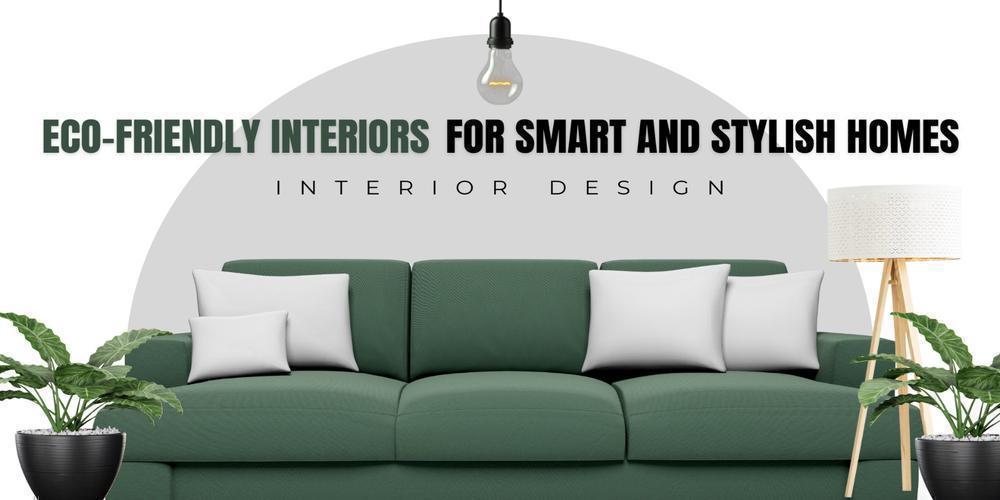

In today’s world, where sustainability and smart living are no longer optional but essential, interior design is undergoing a much-needed transformation. Eco-friendly interior design seamlessly blends modern aesthetics with sustainable practices, demonstrating that style and environmental responsibility can coexist harmoniously. Homeowners and designers alike are now embracing the power of thoughtful choices to craft interiors that are not only visually appealing but also gentle on the planet.
At the heart of sustainable home design is a commitment to reducing environmental impact. This starts with the selection of materials. Floors, furniture, and accents are increasingly made from reclaimed wood, bamboo, rattan, and cork. These sustainable furniture choices not only reduce deforestation and landfill waste but also bring an organic texture and timeless charm into a home. Natural textiles, such as organic cotton, wool, jute, and hemp, are gaining popularity in upholstery, rugs, and window treatments, creating interiors that feel cozy, breathable, and chemical-free.
Light also plays a central role in eco-conscious interiors. Natural lighting solutions, such as large windows, solar tubes, and skylights, minimize dependence on electricity and maximize wellness by increasing indoor sunlight exposure. Complementing this with energy-efficient lighting systems, including LED lights and motion sensors, helps save energy while maintaining a sleek, modern vibe. These systems, when combined with smart thermostats, form the backbone of an intelligent home that adapts to your lifestyle while reducing unnecessary power use.
Going green in interior design isn’t just about what you add; it’s also about what you avoid. Harmful substances, such as VOCs (volatile organic compounds), found in many paints and finishes, can impact indoor air quality. Choosing non-toxic paint, low-VOC sealants, and eco-certified building materials creates a healthier home for families, particularly those with children or individuals with allergies. Beyond materials, embracing eco-conscious interior brands that prioritize ethical manufacturing and sustainable sourcing supports a broader movement toward responsible design.
Another growing trend is repurposing and upcycling. Instead of discarding old furniture or accessories, many homeowners are giving them new life through refinishing or creative reuses. This not only reduces waste but adds unique, personalized elements to your interior. The result is a home that feels curated, soulful, and deeply connected to your values.
Conclusion:
Designing a smart and stylish home with eco-friendly principles isn’t just a fashionable choice it’s a meaningful one. By incorporating eco-friendly interior design, adopting sustainable furniture, utilizing natural lighting solutions, and investing in smart thermostats and non-toxic paint, you can create a space that reflects both your style and your environmental commitment. Thoughtful decisions today can lead to healthier homes, happier living, and a greener future for the generations to come. Sustainability begins at home, and your interiors can lead the w